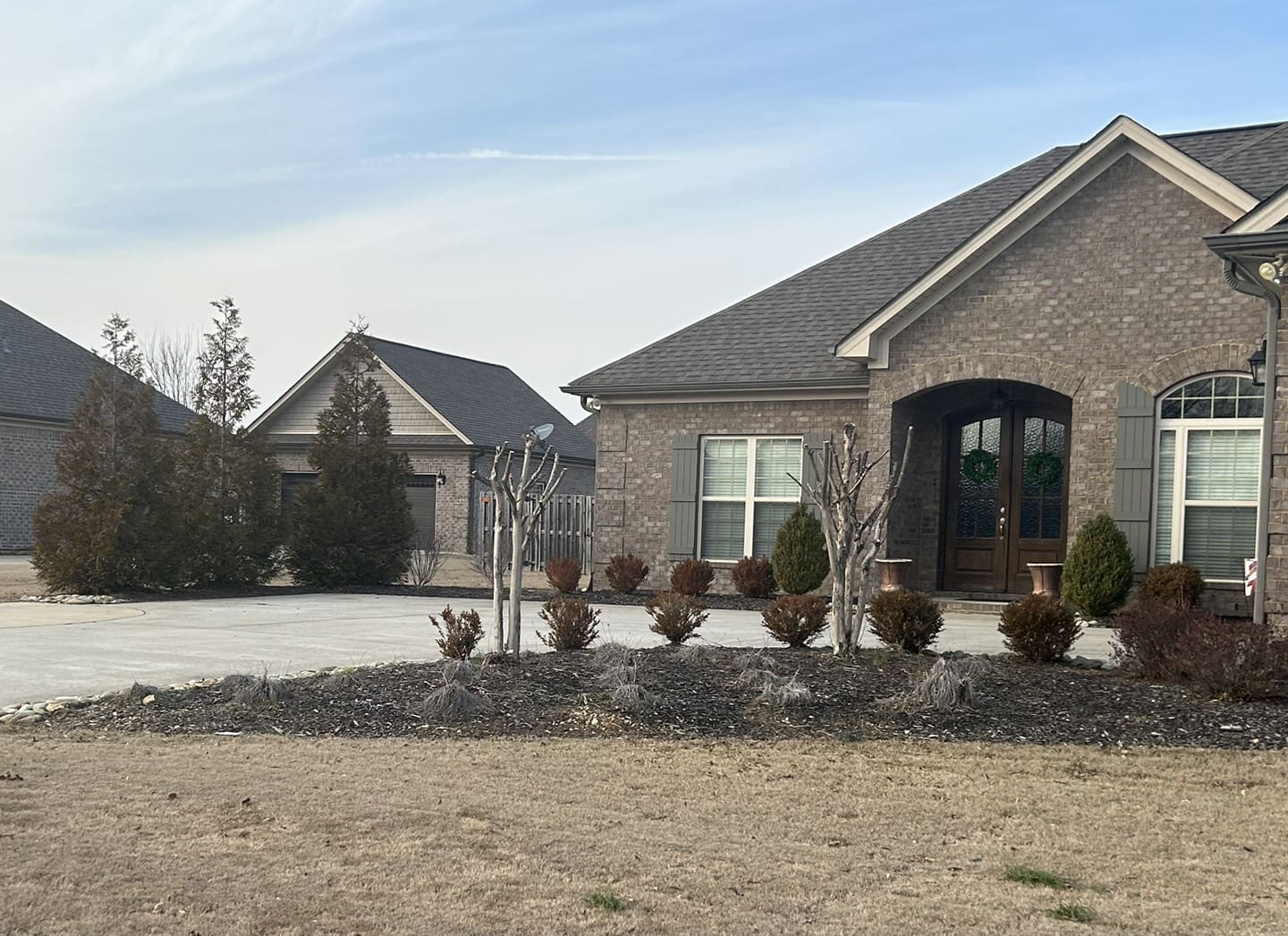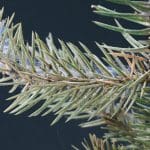
It’s February, which means in the South, crape myrtles have all of a sudden started sporting rather severe buzzcuts. Despite its extreme prevalence, this type of ‘pruning’ is the opposite of beneficial for the plant.
As a landscape professional, you know better than to practice topping innocent crape myrtles, better known as crape murder. However, your clients may try to undertake this task themselves or insist you trim back their crape myrtles for them.
Arm yourself with responses to these commonly touted myths.
Myth 1 – Everyone Else Is Doing It
One main reason this issue is perpetuated year after year is a case of the blind leading the blind. One homeowner sees their neighbor trimming their crape myrtle back, so they follow suit, trusting that their neighbor must know something they don’t.
Unfortunately, this pruning practice isn’t science-based but rather just a cultural desire to conform.
If you have a customer requesting crape murder simply because their neighboring properties have topped their crape myrtles, take the time to educate them on why, if the correct variety of crape myrtle is planted in the right place, they need very little pruning on a regular basis.
Myth 2 – My Crape Myrtle Hasn’t Died
Another terrible reason people continue to maim their crape myrtles is because they don’t see the harm in it. If topping their crape myrtle caused it to later die the same year, no doubt word would spread like wildfire on what a horrible trend this is, and everyone would stop doing so.
Sadly, it takes time for the effects of crape murder to eventually kill the plant, but make no mistake, their lifespans are shortened. Topping creates unnecessary stress for the crape myrtle, and it has to focus its energy on growing new stems and leaves. If it doesn’t have the energy to do so, it can be weak to diseases and die.
Making numerous cuts when topping a crape myrtle also opens it up to more pests and diseases. The new branches are more likely to break during storms. Not only is the crape myrtle put more at risk, but it also loses its beautiful, vaselike form and instead develops knotted scars where the cuts are made annually.
Myth 3 – I Want Bigger Blooms
Another rationale customers may have for committing crape murder is the belief that it is necessary to produce blooms. They may also think that topped crape myrtles will produce bigger, better blooms than one left to its own devices.
Explain to your customers that crape myrtles are not hydrangeas, and you don’t need to make cuts on the old or new growth to produce blooms. In fact, topping these trees delays their blooms and creates weak limbs where the new blooms come out, causing them to hang low and call for even more pruning.
Myth 4 – My Crape Myrtle Is Too Big
This is a simple issue of not following the principle of right plant, right place. Topping is not the proper solution to dealing with a crape myrtle that has outgrown its space. Cutting off half the tree every year is not sound practice.
If your client is dealing with this issue, talk to them about relocating their current crape myrtle or replacing it with a smaller cultivar. Crape myrtles come in a variety of sizes all the way from three feet tall to 35 feet tall so there is no reason they can’t have the same type of tree, simply in a dwarf version.
Myth 5 – I’m Just Pollarding My Crape Myrtle
A client saying they are pollarding is probably a much less common claim, but one that can be thrown out when homeowners get defensive about being called out for committing crape murder.
Pollarding is the ancient technique of cutting young trees and shrubs back to the main stem or trunk to control the height of the plants. It was commonly found in 18th-century Europe and is beneficial only for certain tree species like ash, elm, elder, mulberry, and London plane.
The late Cass Turnbull of PlantAmnesty put it best in a Tree Care Industry Association article:
“Pollarding bears a superficial resemblance to tree topping. But then, surgery looks a lot like a mugging to the untrained eye. In both cases, somebody puts a knife in the subject’s stomach and relieves him of all his money.”
Crape myrtles do not benefit from pollarding, nor is it necessary if the correct sized tree is planted in a space.


